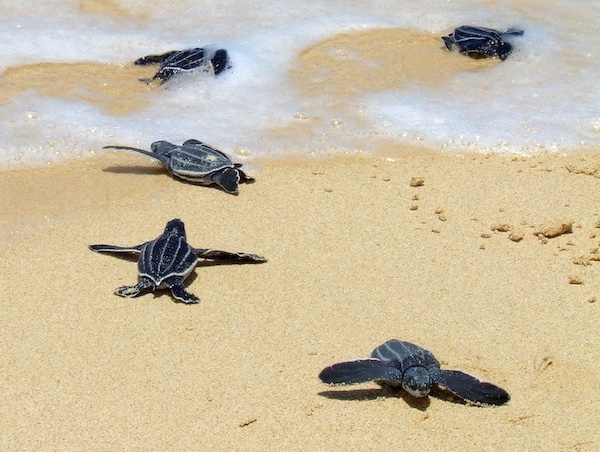
Advancements in technology have improved our knowledge of how different areas of the ocean are connected by the movement of migratory and mobile marine species. This information is vital to inform area-based management and conservation efforts. The authors of this ...
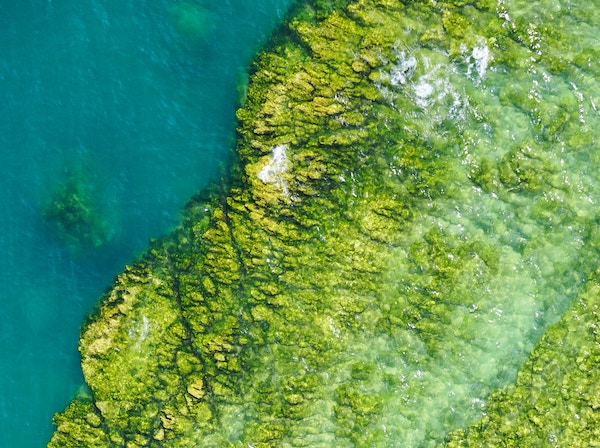
The red algae, "Lophocladia lallemandii", one of the worst invasive species in the Mediterranean, was misidentified for nearly three decades. The researchers who discovered this error recommend genetic analysis as a mandatory first step when identifying, monitoring and managing invasives. ...
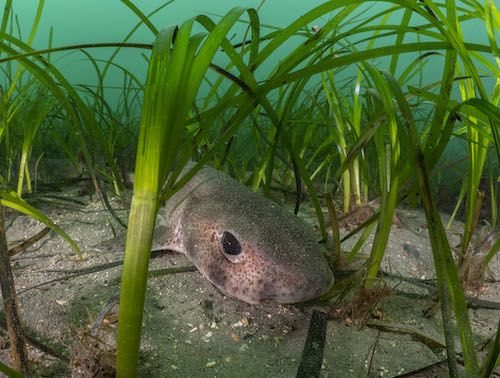
This study provides the first comprehensive global assessment of how climate change may affect the distribution and range of 66 seagrass species. It also examines how well the current global MPA coverage will protect these important ecosystems in the future. ...

Understanding the diversity and distribution of fish egg and larvae in the ocean provides invaluable information on ecosystem health, capacity to recover from disturbances and helps guide management and conservation efforts. This study shows that metabarcoding is a promising tool ...
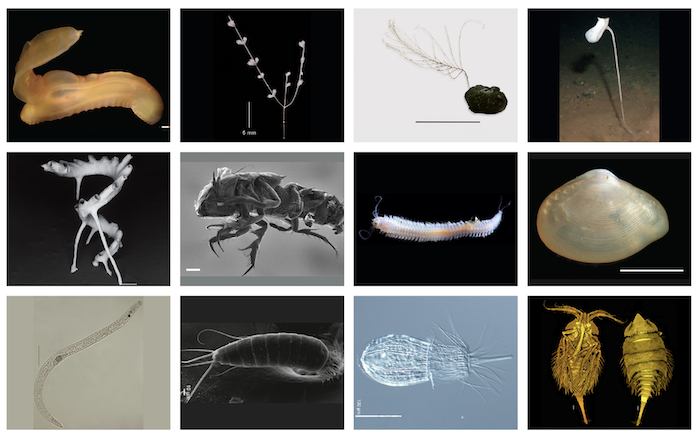
This study offers the first comprehensive synthesis of published data for the Clarion-Clipperton Zone (CCZ) in the central and eastern Pacific. The authors report that this area, which covers 6 million km2, represents significant undescribed biodiversity with an estimated 88%–92% ...
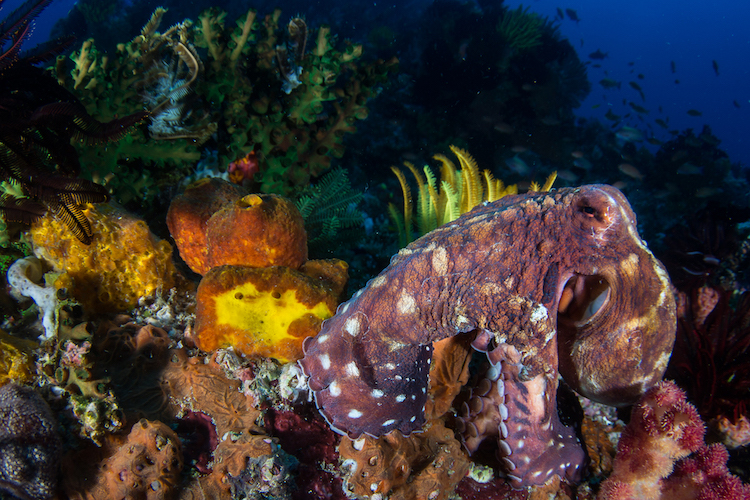
This study looks at the current state of research on the reproduction of deep-sea corals. Occurrence records were extracted from OBIS to find available information for species living at depths below 100m. Less than 7% of known deep-sea coral species ...